Lice are tiny parasites that live on the human body and feed on blood. They rarely cause serious health problems, but they are annoying and contagious. About every four hours, the louse bites into a small blood vessel in the skin and feeds. You don't feel the bite because the anesthetic is injected into the skin. Later, the bites start to itch - scratching can cause an infection.
LICE: Lice in general | Images of lice | Symptoms | Causes | Treatment | Conventional Medicine | Alternative Medicine | Prevention | Questions and Answers | Sources/references
Head lice (Pediculus humanus capitis) are the size of a sesame seed, and you can see them, although they quickly hide in the light. Their eggs, called nits, are barely visible, whitish dots stuck to the hair. Head lice are highly contagious, especially among school children. Twice as many girls as boys get head lice, not because of the length of their hair, but because girls have more physical contact with each other and borrow personal items (hats, dresses, combs, headphones) that carry lice.
Pub lice (Phthirius pubis) are yellow-gray insects found on pubic hair and transmitted through sexual contact. They are significant for a baby's head; they are partially transparent and barely visible on fair skin. In addition, their eggs are barely visible, white particles so firmly stuck to the hair that they cannot be removed by regular washing.
Video content: head lice, causes, symptoms, and removal techniques

White (clothing) lice (Pediculus humanus corporis) look almost the same as head lice but are harder to find. When not feeding, they hide in the folds of clothing or bedding. Signs of their presence are scratches on the body, hives, or small red pimples, usually on the shoulders, trunk, or buttocks. If lice are not removed, a rash may develop.
Images of lice

Picture: display of lice on hair and skin
SYMPTOMS
Head lice: severe itching of the scalp, especially behind the ears and in the nape of the neck.
White (clothing) lice: unexplained scratches on the body, hives, eczema, and red pimples on the shoulders and trunk.
Video Content: Head Lice, Symptoms, and Treatment

Pubic lice: constant itching in the area of pubic hair, may also have a rash.
CONSULT YOUR DOCTOR IF
- need help to remove lice or have an infection from scratching.
CAUSES
Contrary to popular belief, lice are not a sign of poor hygiene. On the contrary, head lice even prefer clean hair to dirty hair. Lice are widespread worldwide where people live near each other, e.g., in schools.
TREATMENT
The goal of treatment is to remove all lice and nits.
Picture: removing lice from a child's hair.

Treatment must be repeated several times because some adult lice can hide in clothes or bedding, making the eggs difficult to destroy.
CONVENTIONAL MEDICINE
The most common way to get rid of head lice is to kill the adult lice with an insecticidal shampoo and remove the nits with a special dense comb. The safest and most effective preparation is crotamiton lotion, available without a prescription. To achieve the best effect, follow the instructions carefully. All family members must be treated; about 60% of children with lice have sorodniks they carry.
Children should not go to school until the lice have been removed to prevent the spread of lice. Wash all clothes, bedding, and towels in hot soapy water and dry with hot air. You can also disinfect bed linen and other things: close them in a plastic bag for 14 days - the nits will hatch in a week and die of starvation. Disinfect combs, brushes, and headgear by soaking them in hot soapy water for 10 minutes.
Video content: how to remove head lice?

If you are reluctant to use insecticides, try to remove lice only by combing. First, wash your hair with regular shampoo and conditioner and leave it wet. Then, a thick comb slowly strokes through only one strand of hair away from the head. The lice will stay on the comb or fall to the ground. You must make at least 30 strokes with the comb over your head. Repeat every three days. Since young lice do not lay eggs in the first week, you will remove all lice within two weeks of combing.
You can treat pubic lice with over-the-counter medications that contain pyrethrins (natural insecticides). Sexual partners must also be treated. Pubic lice are sometimes found on the eyebrows or eyelashes; remove them with an appropriate eye ointment.
To treat white lice, wash the whole body with soap and water. If this is ineffective, use an insecticide that usually kills all lice. Wash all clothing and bedding in hot.
Water and dry with hot air. Put the clothes in plastic bags for two weeks or disinfect them with dry heat at 60 °C for three to five days.
ALTERNATIVE MODES
Many alternative methods will make it easier to get rid of lice.
Video content: how to treat or remove lice without chemicals?

Check out the different methods of human lice removal. We call them alternative ways.
AROMATHERAPY
Wash your hair and rinse it slowly with essential oils of rosemary (Rosmarinus officinalis) and red thyme (Thymus vulgaris); mix six drops of each with half a liter of warm water. You can replace this combination with 12 drops of lavender (Lavandula officinalis) essential oil. Air dry your hair (not with a hair dryer), then comb it with a wide comb. To prevent this, soak a comb in water with ten drops of red thyme essential oil and comb your hair thoroughly.
HOMEOPATHY
Depending on the symptoms, the specialist may prescribe different medicines; for children with head lice - e.g., psorinum (30c).
PREVENTION
Preventing lice reintroduction is just as important as initial treatment. This is especially true for head lice, which spread quickly from head to head. If you discover lice on your child, immediately inform the school or other institution because it is likely that their classmates also have them.
Video content: how to prevent lice infestation?

Talk to the children and their friends so that they are aware of the risks. You may not feel comfortable talking about it with strangers, but be aware that lice are a social disease that can only be socially cured.
Questions and answers
What health problems does the presence of lice cause?
Head lice are not known to transmit any disease, so they do not pose a health risk. Head lice infections are usually asymptomatic, especially at first infestation or if the infestation is mild[1].
What happens if you have lice on you for too long?
If you have been infested with body lice for a long time, you may experience skin changes such as thickening and discoloration - especially around the waist, groin, or upper thighs. The spread of disease may also be problematic. Body lice can transmit and spread certain bacterial diseases, such as typhus, relapsing fever, or chills[2].
Can bald people get lice?
Yes, but such lice are very difficult when feeding and, as a result, die quickly. Head lice may try to attach themselves, but the environment is unsuitable for survival. While bald people can be temporarily affected by head lice, they often move on to a more suitable host or die. Thin or occasional hairs may still attract lice, despite fewer hairs[3].
Can lice live in your hair for years?
Adult lice can live on a human head for up to 30 days. To live, adult lice must feed on blood several times a day. Without blood meals, the louse will die within 1 to 2 days[4].
Sources and references
Source: Family Health Guide. Conventional and alternative treatment, Dr. Jaro Lajovic, Publishing House Mladinska knjiga
1. Head Lice Disease - https://www.cdc.gov
2. Body facial - https://www.mayoclinic.org
3. Can You Get Head Lice if You're Bald? - https://www.theliceremovalclinic.com
4. Head Lice Biology - https://www.cdc.gov






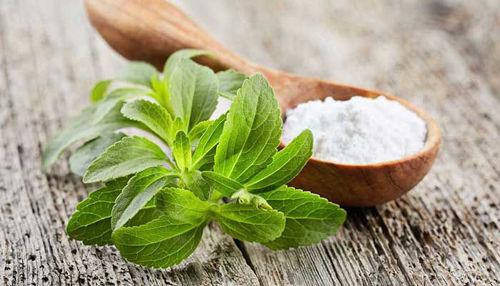
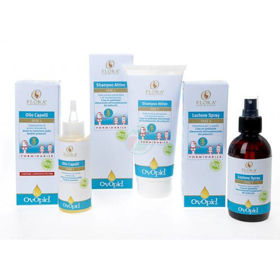
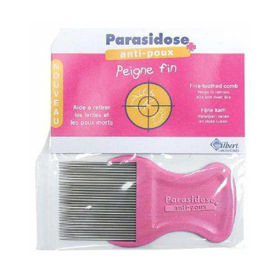
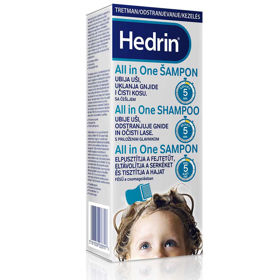
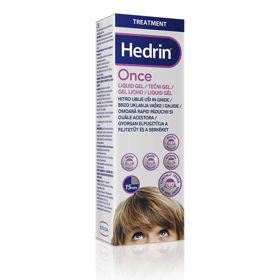

 Facebook
Facebook
 Instagram
Instagram
 info@moja-lekarna.com
info@moja-lekarna.com

